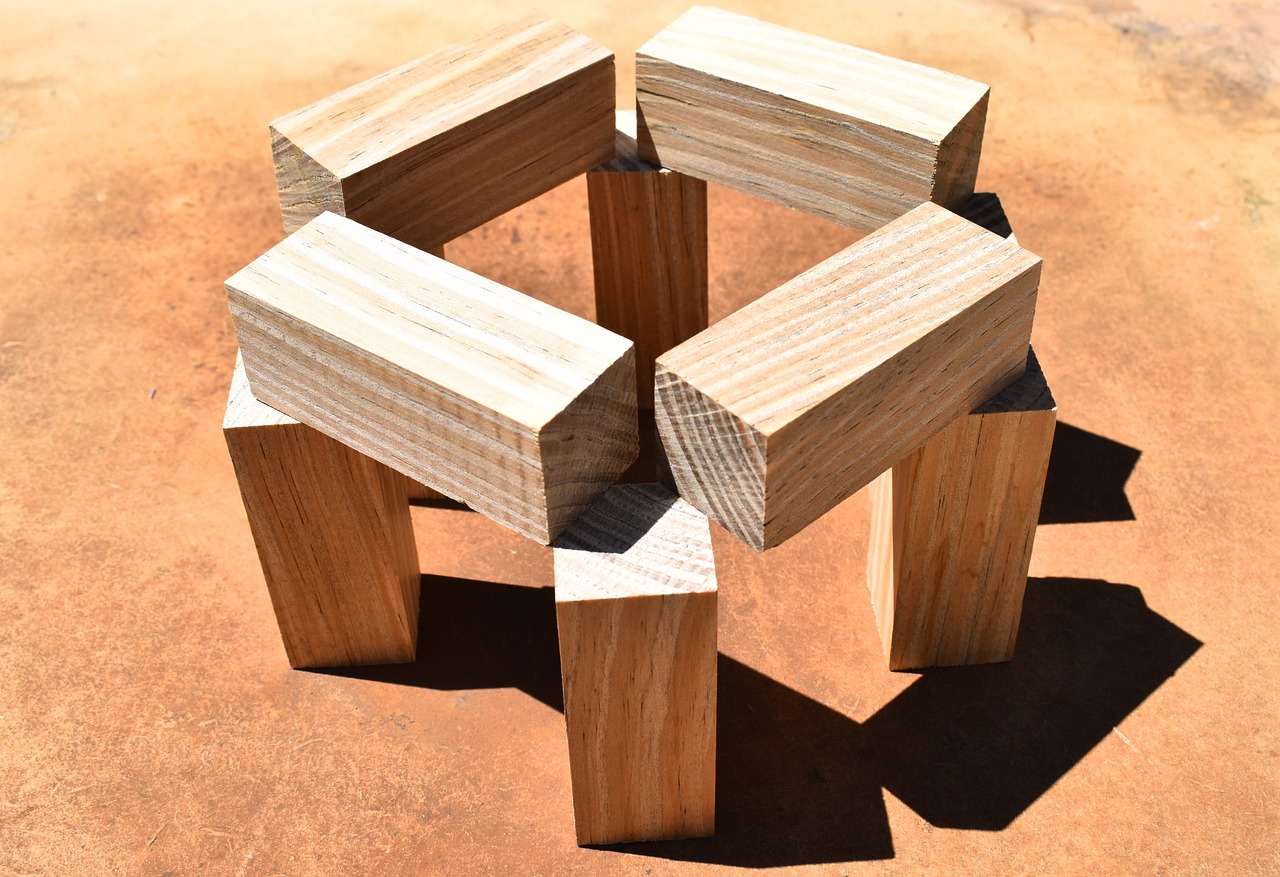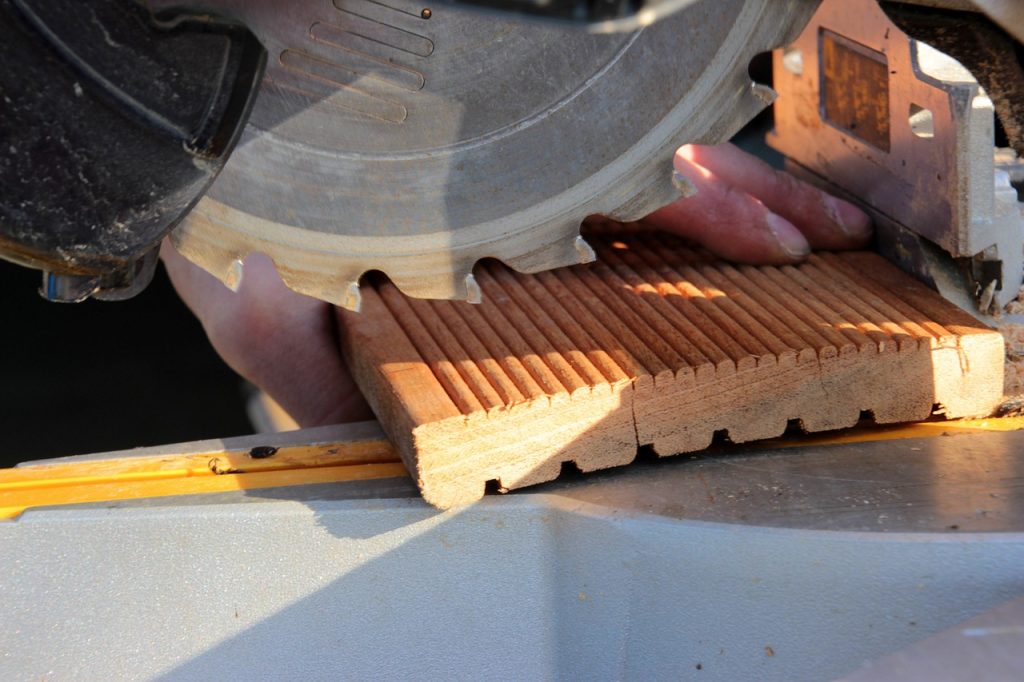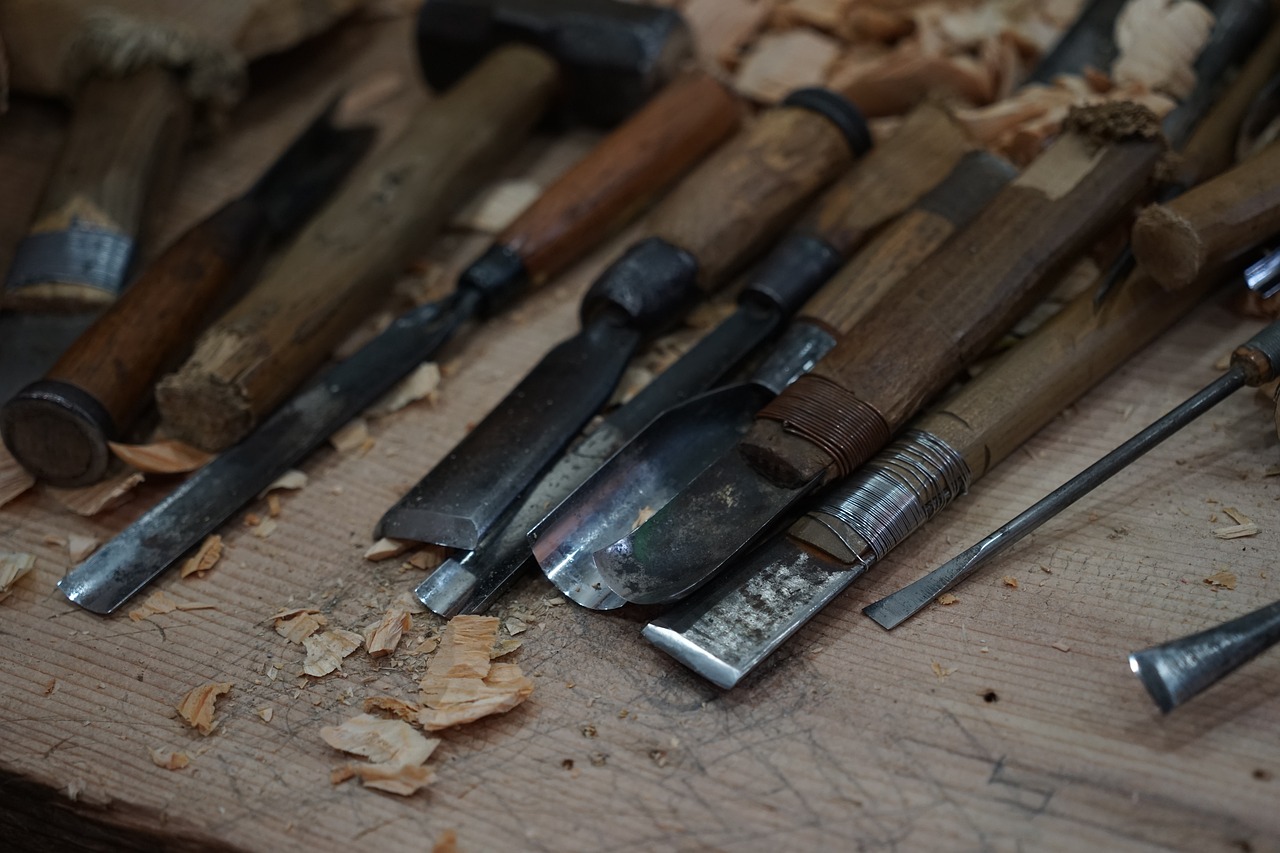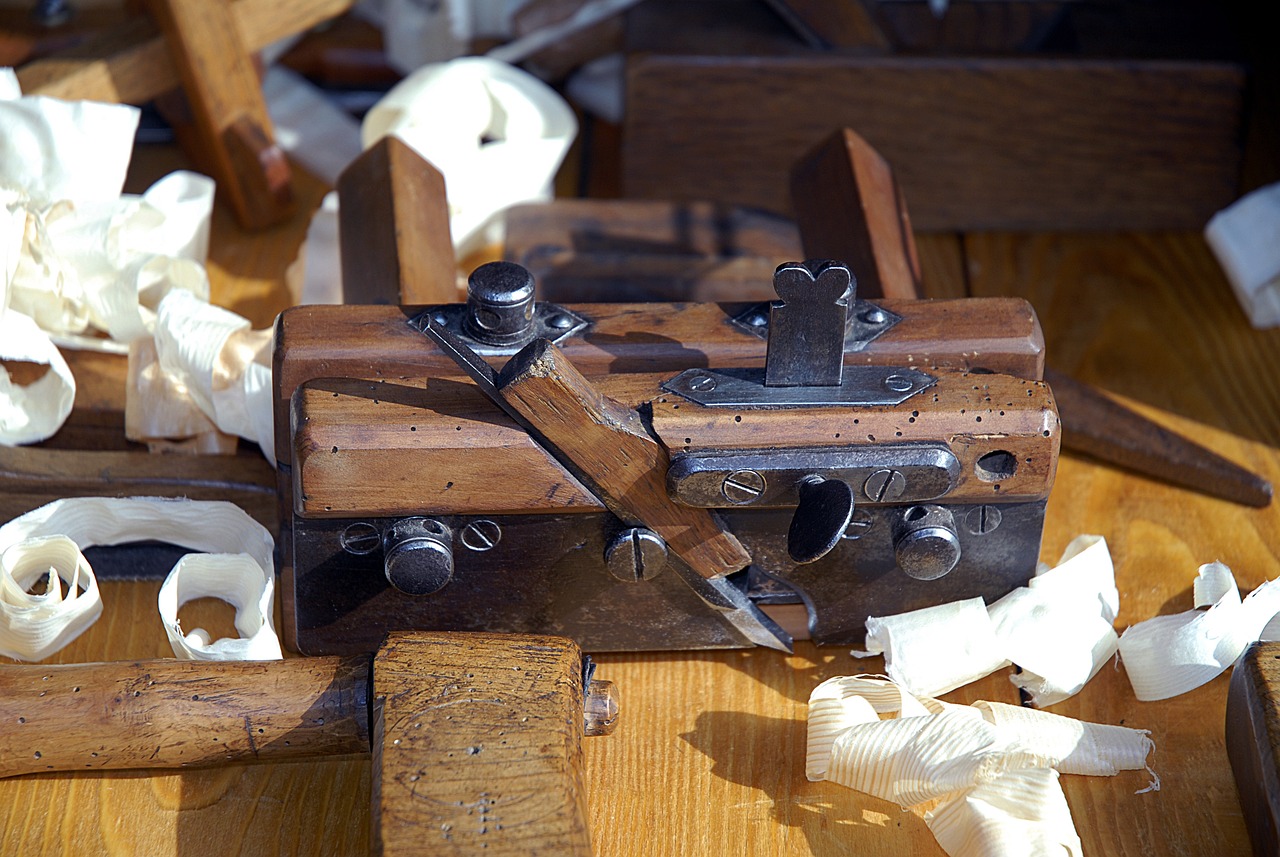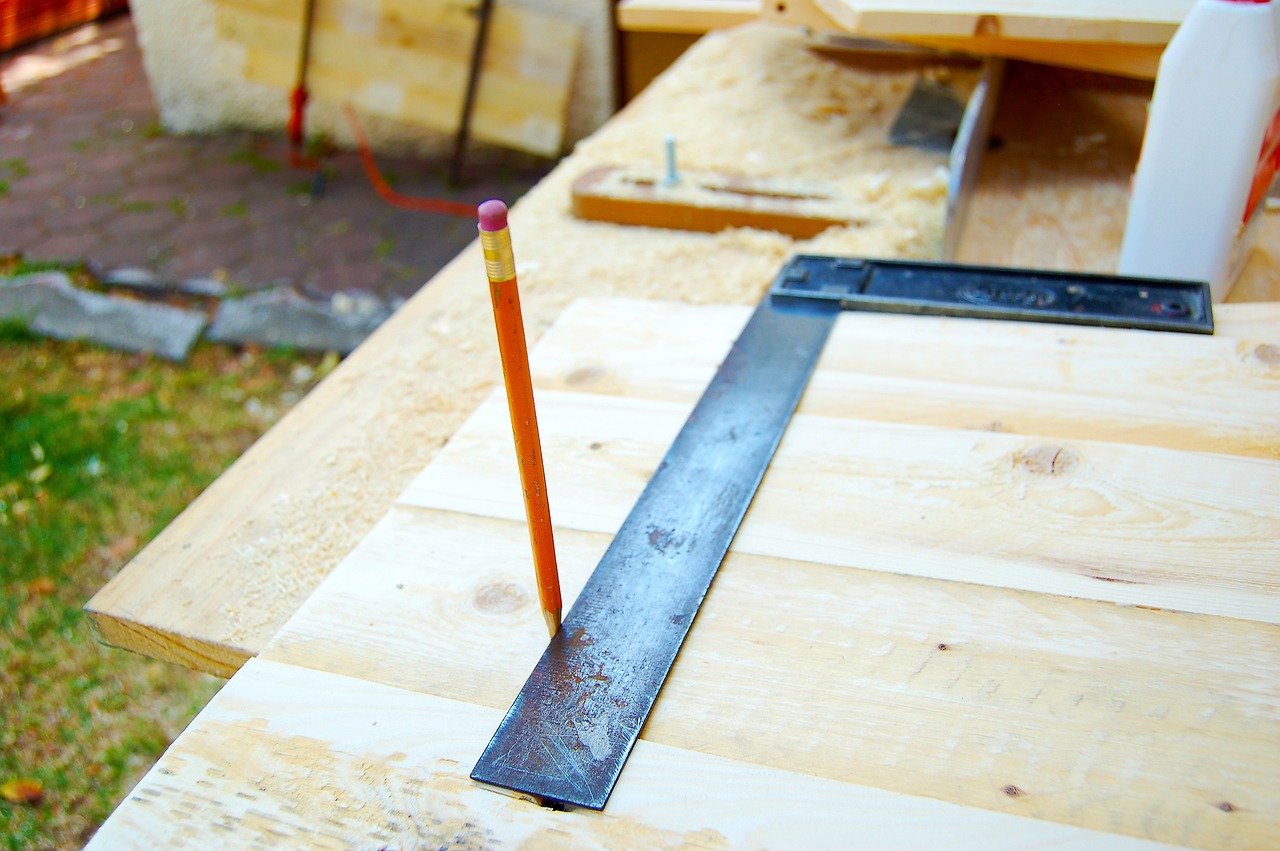Types of Carpentry: From Rough to Finish
Carpentry can be broken down into several distinct categories, each requiring a specialized set of skills. While the craft itself encompasses a broad range of tasks, carpenters often focus on one or more of the following types of carpentry: Learn more details about nybygg kristiansand.
